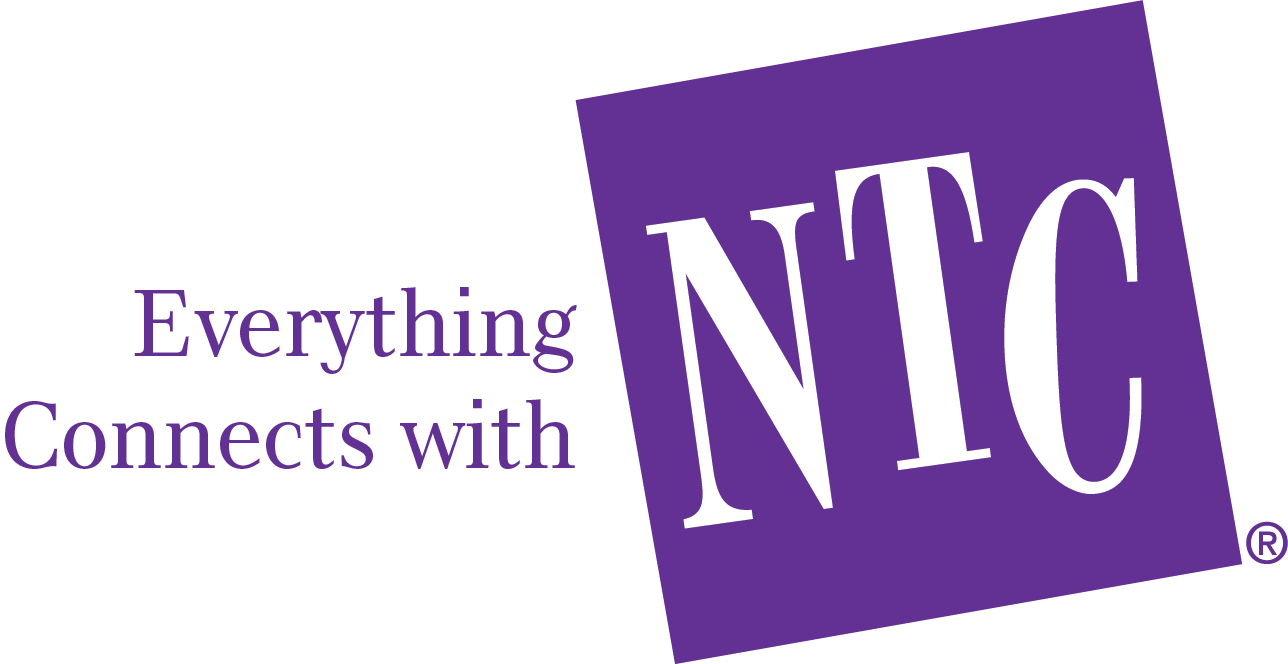Social media could be called the great communications equalizer. Since the days of MySpace and LiveJournal, social platforms have given platforms to people that, historically, haven’t had a way to make their voices heard about a variety of topics.
Sometimes that can be great! It’s always fun to see someone explain a complex topic in an engaging way that explains that topic better than you’ve ever heard before. But sometimes that means that person explaining a topic isn’t actually giving accurate information.
TikTok financial advice is one of those areas where people use social media to explain complicated subjects in a way that’s approachable and easy to grasp. But it’s also an area where you need to be on the lookout for bad information—follow the wrong advice, and you could lose a lot of money.
And when it comes to children, following bad advice can mean they start their financial lives at a major disadvantage. TikTok money advice can be a useful tool to help kids learn about finances, but they also need to know how to tell the bad advice from the good.
NTC offers a multimedia financial literacy program that has been designed with students that are new to thinking about finances in mind. By learning about the basics of finance from a program that has been developed by educators and experts in the field, students can be better prepared to ask the right questions when they encounter TikTok financial advice.
Media Literacy
The first step toward helping kids develop the kind of financial literacy TikTok hustlers won’t take advantage of is to help them learn media literacy. When it comes to social media, media literacy often comes in the form of asking “Who is giving me this information?” and “What do they stand to gain from it?”
Who Is Giving Me This Information?
The thing about social media is that people tend to present themselves in the most positive light possible. Social media is not real life. It presents the section of real life that the person posting wants you to see.
This is doubly true of social media influencers—the people who make their social media presence a large part of their income or personal brand. Influencers are demonstrating their lifestyles. And sometimes they take steps to make their lifestyles look more fabulous than they really are.
When it comes to Fintok (the part of TikTok where people make videos discussing personal finance), that can mean renting fancy cars or standing outside beautiful homes that the influencer does not own as “proof” that their TikTok financial advice works.
That kind of flashy presentation can fool impressionable audience members like children into buying into potentially bad financial advice. No matter a kid’s learning style or reading level or whatever vector you categorize them by, that kid is susceptible to this type of TikTok financial advisor because they just don’t have the media or financial literacy to avoid social media traps.
This is why it is important to teach students how to double-check a person’s qualifications and bona fides. If the influencer is giving a tip based on a publically available article, the student should read that article before following the tip to avoid taking something out of context.
If the influencer never shares any verifiable proof of their claims, teach your students to look up what other people are saying about that claim. You can say just about anything on TikTok—and a lot of people don’t tell the truth.
There are people out there who make it a personal mission to fight disinformation and misinformation in just about every section of TikTok, from Biblical studies to Fintok and beyond. Help your students and children find the people who are fighting against bad advice to protect them from harm.
And if the TikTok investment advice is coming from a person with a large following, check to see if they have sponsors.
What Do They Stand to Gain?
Many influencers make money by accepting sponsorships from companies that make products tied to the subjects those influencers most often post about. Some influencers are very careful about the companies they work with, some are not.
A revenue stream that is unique to Fintok is downloadable PDF files of budget worksheets and other helpful documents that the influencer has found useful in their life.
Making money off of giving TikTok financial advice is not wrong in and of itself. Many people were not taught how to structure a budget in school or the differences between leading financial software offerings. These sponsorships and PDFs can be very helpful to people.
But some influencers are more interested in selling phony get-rich-quick schemes and products designed for high-risk investment strategies. For example, there are people on TikTok selling the same kinds of self-published “investment guides” that used to fill up infomercials that aired at three in the morning.
And then there are the influencers that are sponsored by day trading apps. Day trading is a very high-risk investment strategy. A day trader can lose astronomical amounts of money in a matter of minutes. It is not a strategy recommended for people that are just starting their financial journey.
But some influencers tout the big potential gains of day trading with their preferred app and downplay the risks. If a child follows this advice, they could seriously harm their financial future. And if they don’t learn to look into an influencer’s financial motives for the messages they spread, they very easily could fall into this trap.
Having media literacy will help students ask the right questions. But how will they know the right answers?
Financial Literacy
Many schools don’t have dedicated personal finance classes. This is why many young people may turn to a TikTok financial advisor in the first place. When you don’t get taught something in one place, you will seek that knowledge elsewhere.
You also have to think about what ages to target with financial literacy education. A kindergartner, for example, won’t have the background in math to fully grasp the concepts necessary for a successfully executed lesson.
However, if you make 6th to 8th graders your target audience, you will be much more likely to have a major, positive impact. These students are on the cusp of gaining the relative financial freedom that their first jobs will provide.
By teaching financial literacy at these ages, you encourage good habits from the start of their financial lives. That’s why these are the age groups that NTC focuses on for our financial literacy program.
TikTok financial advice doesn’t take into account the inexperience that the children it reaches have regarding finance. It is typically advised for adults. Kids need to build their financial literacy from the ground up.
Understanding how to recognize a want versus a need, learning how interest and investments work, and even learning the differences between credit and debit are not topics that your average TikTok financial analyst will address.
Those people on TikTok (the helpful people and the grifters) assume that their audience already has that knowledge. By teaching students these topics, you set them up to better recognize bad advice because they will better understand the basics of finance.
The NTC Financial Literacy Program also includes a package of further e-learning to help expand students’ financial knowledge base. This knowledge base will help supplement students’ media literacy to help them keep to the positive side of Fintok.
Safely Navigating TikTok Financial Advice
The fact of the matter is that everyone has a different and unique financial situation. Not every piece of TikTok investing advice applies to the life of each person that encounters that advice.
That means that even the tips you get from influencers that you’ve vetted and feel that you can trust should be taken with a grain of salt. That’s especially true for children.
As an example, one personal finance TikTok influencer recommended that their audience look at the SEC filings of Fortune 500 CEOs and make the same investments as those executives. This is bad advice for most people because CEOs have significant resources to mitigate risks from their investments. The average student who is just learning how finances work cannot say the same.
But by helping students understand the basics of finance and teaching them the right questions to ask when encountering TikTok financial advice, those students will be more likely to avoid pitfalls and begin their financial lives on solid ground.
The world of social media is full of people throwing tips and tricks around like candy at a parade. Help the students in your community learn which tips to avoid and which to take with them.













